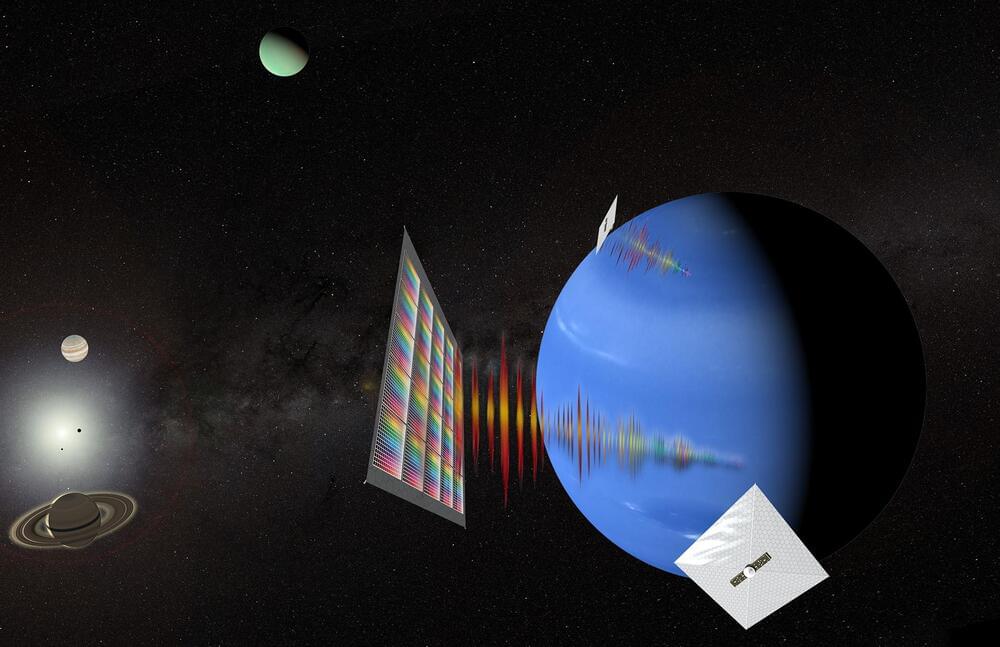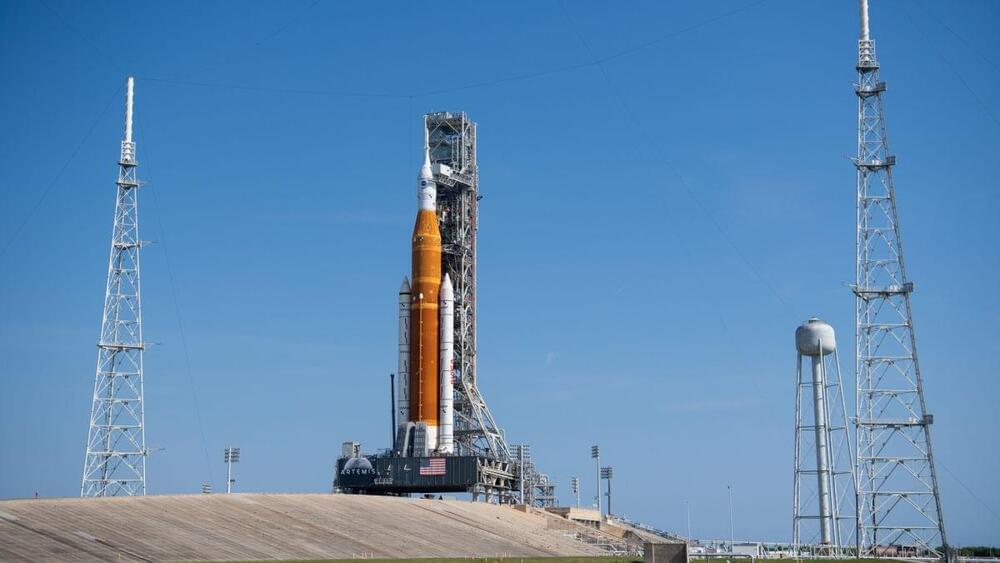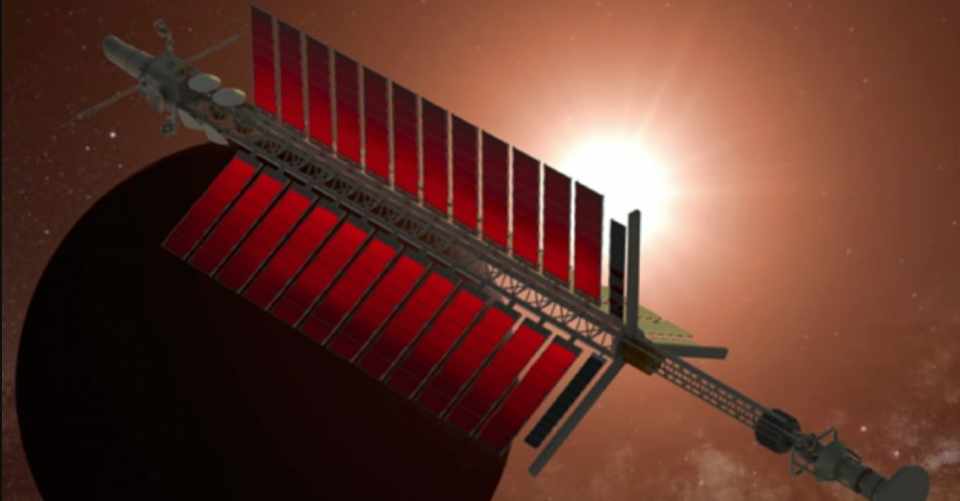Most materials—from rubber bands to steel beams—thin out as they are stretched, but engineers can use origami’s interlocking ridges and precise folds to reverse this tendency and build devices that grow wider as they are pulled apart.
Researchers increasingly use this kind of technique, drawn from the ancient art of origami, to design spacecraft components, medical robots and antenna arrays. However, much of the work has progressed via instinct and trial and error. Now, researchers from Princeton Engineering and Georgia Tech have developed a general formula that analyzes how structures can be configured to thin, remain unaffected, or thicken as they are stretched, pushed or bent.
Kon-Well Wang, a professor of mechanical engineering at the University of Michigan who was not involved in the research, called the work “elegant and extremely intriguing.”





